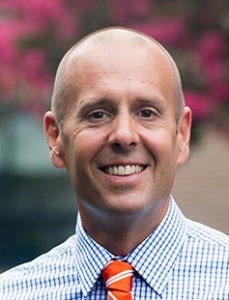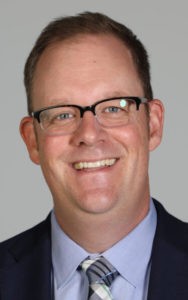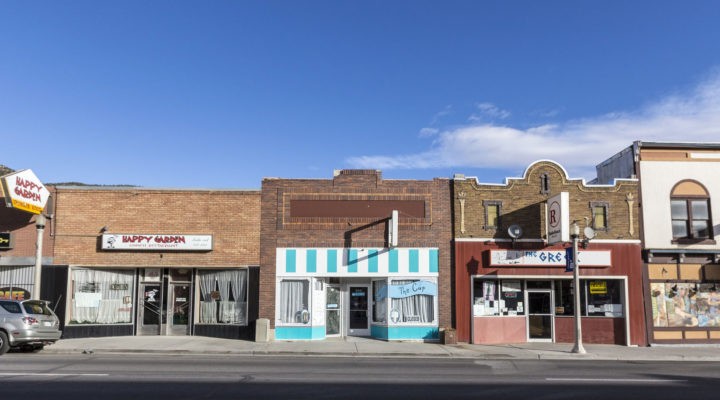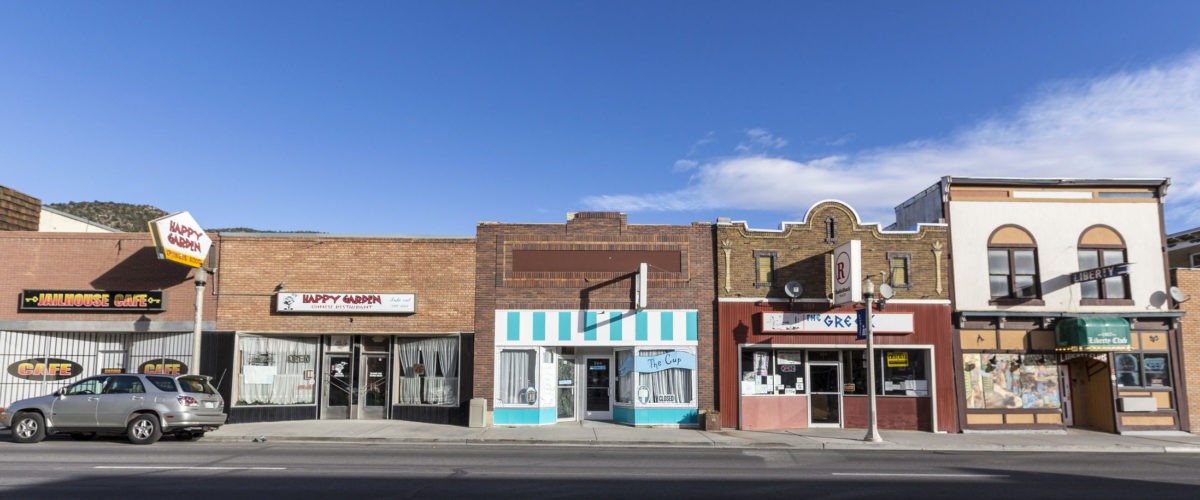Using a phrase like “rural church” to categorize a particular ministry demographic is about as helpful as suggesting all ice creams are singularly flavored. When doing so, we miss the rich texture of communities, stories and theologies of a given place shaped by generations of families, new arrivals, different geographies, ways of life, particular struggles and major shifts from economic to technological.
One thing is certain, though: For too long an assumption has been made that churches in rural and small towns learn from their sister churches in urban and suburban places about how to “do church.” Usually this even exists as a one-way relationship where the “city cousins” do not think they have much to learn from their “country cousins.” In many ways, we wonder if rural church pastors and leaders have come to believe this as well.

Brian Foreman
In an effort to explore this, as well as remind ourselves of the beauty of church in rural and small towns, Baptist News Global has allowed us at the Campbell University Center for Church and Community to share about the church in rural areas. One thing we hope is that congregational leaders will remember and affirm the assets and joys that come with being in rural communities across America. Additionally, we hope that through this exploration, churches in urban and suburban areas will discover the depth of wisdom found in rural communities, and possibly even learn a few things about how to do church.
What or where is ‘rural’?
As the previous paragraphs already alluded to, the definition of “rural” in America is unhelpfully broad. In fact, the U.S. Census Bureau defines “rural” as the absence of “urban” and “any population, housing or territory not in an urban area.” Not only is this definition “urban-centric,” but it neglects the diversity of rural places in America.

Justin Nelson
Are we discussing churches in communities like the sandhills of Eastern North Carolina, the hollows of Kentucky Appalachia, or are we discussing West Texas and the Mississippi Delta region? Are we describing areas rich with tourism or entrenched in generational poverty after textiles, farming or mining went dry? Does “rural” evoke images of simpler times or hard times? Largely these images for you may be characterized by your experiences or the portrayal of rural communities in the movies and media.
Seven capitals
Regardless, rural America and its churches have stories to tell. There are assets to be celebrated. Using the Community Capitals Framework developed by Flora, Flora and Gasteyer, we will use this space over the next few months to discuss the seven capitals of community and consider how the assets of rural communities grow through and out of each. We also will be reminded of the strength of ties to a place that link people and help foster community.
There are seven Community Capitals to be explored, keeping in mind that when kept in relation to one another they describe a community’s overall health and welfare. A significant question emerges: “Where does the church fit into these capitals and how does it participate in weaving the fabric of the community?” The seven are:
- Natural capital
- Cultural capital
- Human capital
- Social capital
- Political capital
- Financial capital
- Built capital
In their work Rural Communities, Flora, Flora and Gasteyer state, “The lessons learned about how community capitals work in rural communities can give us great insights into other settings as well.” Indeed, all places have such assets to invest in to build community. In this series, we will address each of these capitals in turn to examine the rural church and what might be learned.
Why talk about this?
At this point, you may be asking yourself, why this emphasis on rural? There is a wealth of answers, including the assumption of homogeneity in rural areas, the seeming political divide between urban and rural, and issues of access to resources many Americans consider basic services.

(123rf.com)
Statistics would suggest that ethnic homogeneity, political like-mindedness and access issues vary widely across rural communities, just as they do in any community when you drill down to a town or a neighborhood level. What is interesting about each of these issues is that they are not simply “rural” issues — they are human ones and community ones.
“When counties are ranked by the extent of ethnic diversity, rural counties are among both the most and least diverse. Fourteen of the 30 most diverse counties are rural,” according to Flora, Flora and Gasteyer.
And according to a 2018 Pew Research study, registered rural voters were a 54% to 38% Republican lean whereas urban voters were a 62% to 31% Democratic lean, neither of which is the like-minded narrative we often believe.
Also, while many rural communities have access to broadband internet, many still do not. While many have access to major hospitals, others are seeing their hospitals close.
In truth, rural areas and the people who live in them are incredibly diverse in their backgrounds, beliefs and experiences. Rather than seeing all of these communities as “the rural experience in America,” we are better served to view each community and the churches that serve them through the lens of the community capitals.
“When people in churches in large cities get upset with the church or one another, they have the availability to disappear and avoid confronting painful spaces.”
Churches model diversity
At a basic level, there is also this: When people in churches in large cities get upset with the church or one another, they have the availability to disappear and avoid confronting painful spaces. Your neighbors are not nearly as connected to geographic boundaries, whereas your neighbors in small towns are all around you, where “everybody knows everybody else’s business.” You see your neighbors on Main Street, at the local restaurant or community fields. The idea of disappearing is not feasible like it is in urban churches, where one might have the choice of six other grocery stores and five Baptist churches within a few miles of home. In a city, disappearing is, at worst, occasionally inconvenient.
This is but one lesson rural communities offer to urban communities about learning to live together and talk through differences. Honest conversations are not aimed at uniformity of opinion, but rather respect for one’s neighbor. People in rural communities and churches thrive when getting along across differences and building social capital.
Brian Foreman serves as executive director of the Center for Church and Community at Campbell University. Justin J. Nelson serves as assistant professor of sociology.


